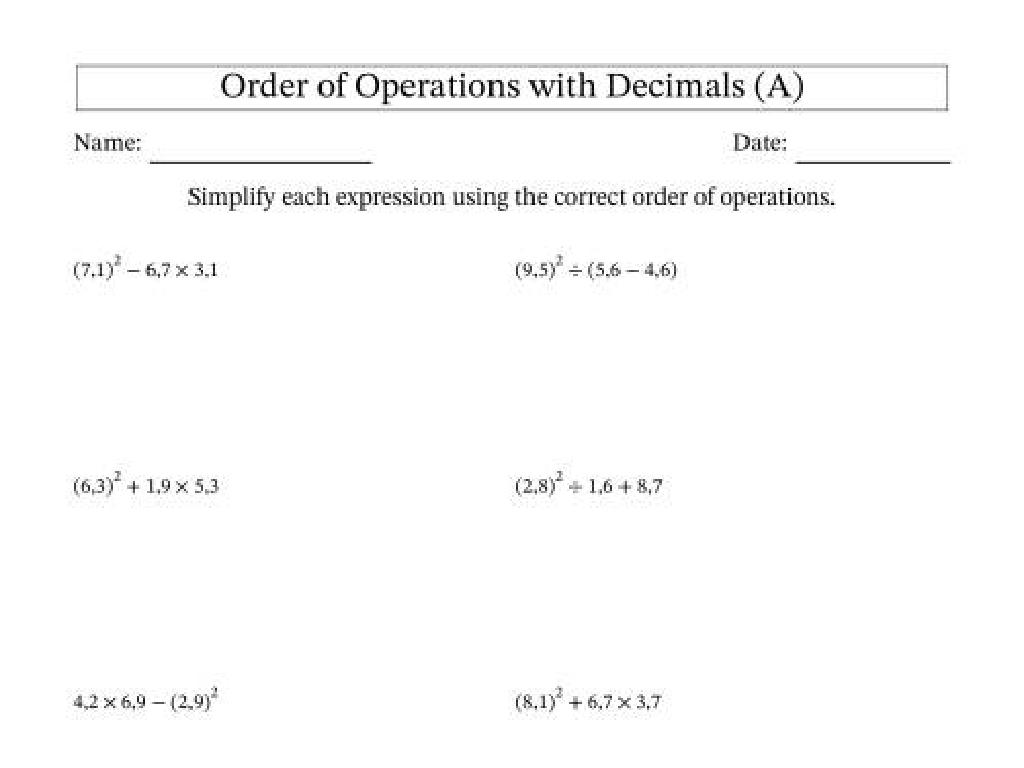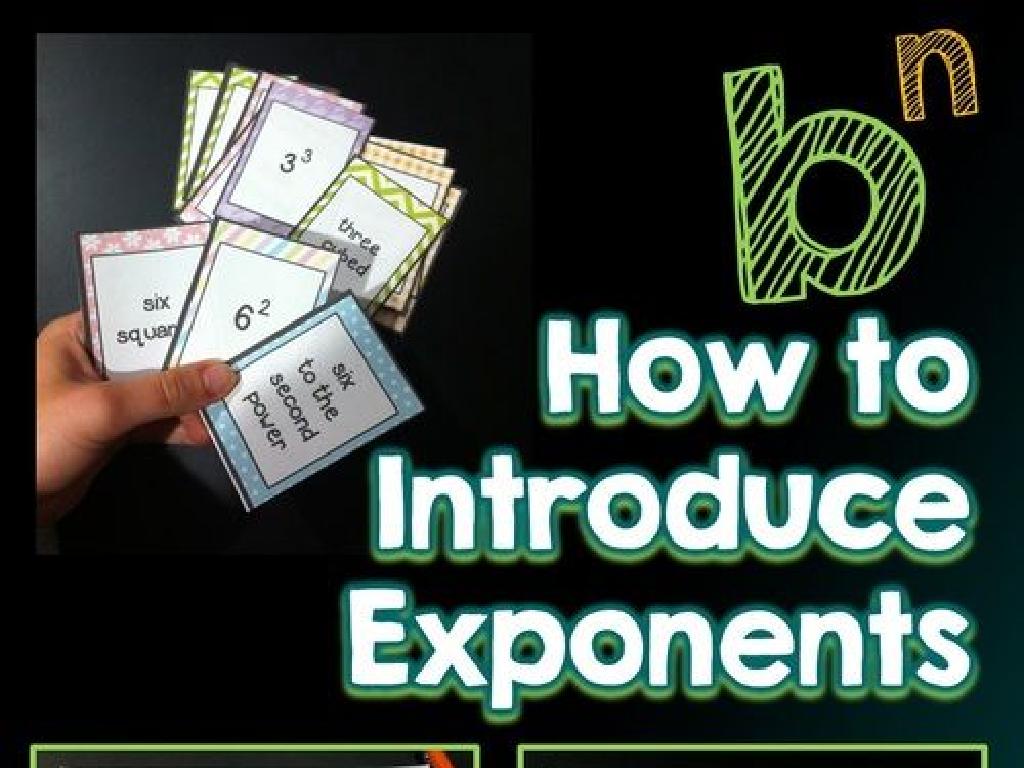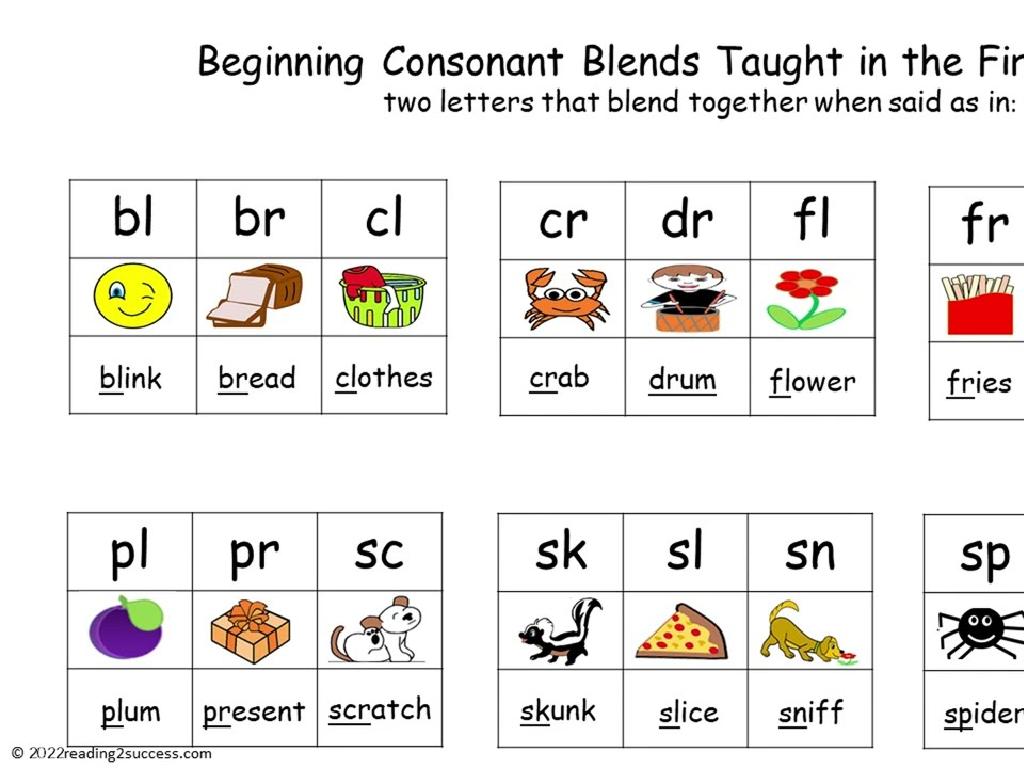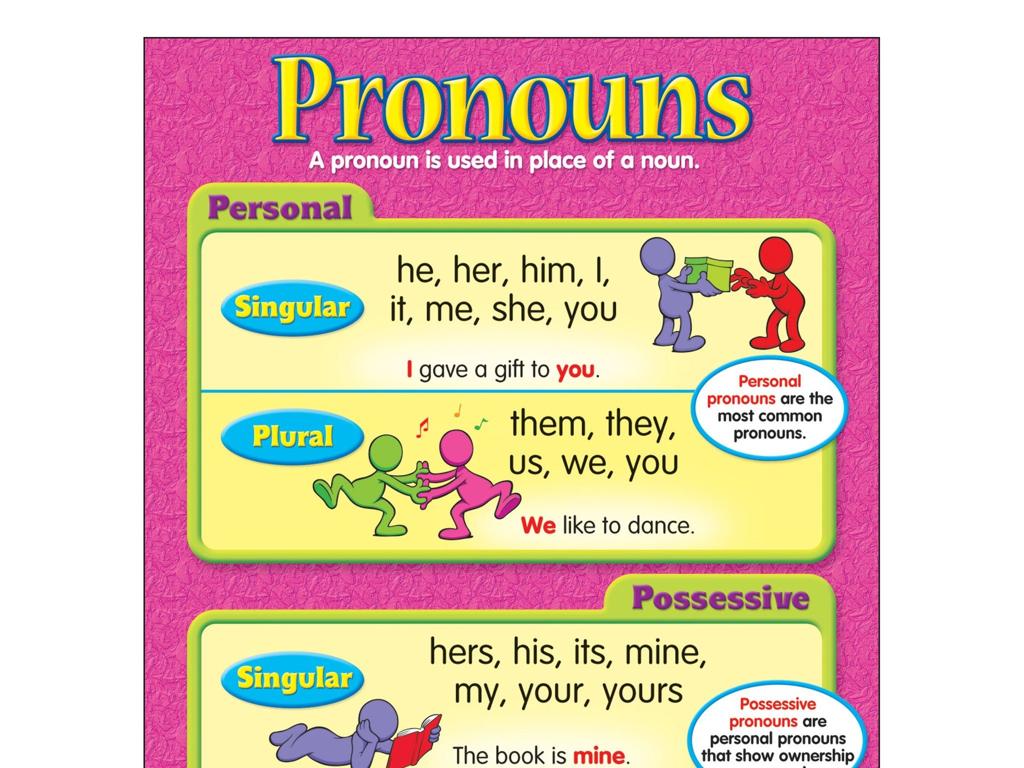Solve Proportions
Subject: Math
Grade: Seventh grade
Topic: Ratios, Rates, And Proportions
Please LOG IN to download the presentation. Access is available to registered users only.
View More Content
Introduction to Proportions
– Understanding ratios and proportions
– A proportion is an equation stating two ratios are equal, e.g., 1/2 = 2/4
– Proportions in real-life scenarios
– Cooking recipes or map scales use proportions for accurate measurements
– Daily applications of proportions
– Proportions help in budgeting, shopping discounts, and construction work
– Solving proportions step-by-step
|
Begin the lesson by explaining the concept of ratios and how they extend into proportions, which are statements that two ratios are equivalent. Provide tangible examples such as recipes, where proportions ensure the right flavor, or map reading, where they help to understand real distances. Discuss how proportions are used in everyday life, like calculating discounts during shopping or determining the right amount of paint needed for a room. Conclude with a step-by-step guide on solving proportions, emphasizing the cross-multiplication method. Encourage students to think of other areas where they encounter proportions daily.
Understanding Proportions
– Define a proportion
– A proportion is an equation stating two ratios are equal.
– Proportion equals equivalent ratios
– If two ratios have the same value, they are considered equivalent.
– Proportion as an equation
– It can be written in the form a/b = c/d, where b and d are not zero.
|
This slide introduces the concept of proportions in the context of ratios and equations. Begin by defining a proportion as an equation that shows two ratios are equal. Explain that equivalent ratios are two or more ratios that simplify to the same value, which is the essence of a proportion. Illustrate with examples, such as if 4/8 and 1/2 are equivalent because they both simplify to 1/2. Show how proportions can be represented as equations, using variables to represent unknown quantities. Emphasize that in a proportion, the cross-products are equal, which is a key concept for solving proportions. Provide practice problems for students to apply these concepts.
Writing Proportions from Word Problems
– Translate words into proportions
– Read the problem, pick out key numbers and their relationships.
– Identify extremes and means
– Extremes: product of outer terms. Means: product of inner terms.
– Set up proportions accurately
– Ensure the two ratios are set equal to each other, forming a proportion.
– Solve for the unknown variable
|
This slide aims to teach students how to write proportions from word problems, a key skill in solving real-world math problems. Start by reading the problem carefully and identifying the relevant numbers and their relationships. Explain the concept of extremes and means, which are parts of a proportion. Extremes are the first and last numbers in a proportion, while means are the two middle numbers. Emphasize the importance of setting up proportions correctly, with equivalent ratios on either side of the equals sign. Practice with examples, and guide students to solve for the unknown by cross-multiplying and dividing. Provide several practice problems for students to apply these steps independently.
Solving Proportions in Math
– Learn cross-multiplication
– Multiply across the equals sign to find unknowns
– Check ratios for proportion
– Compare ratios by cross-multiplying to see if they are equal
– Solve practice problems
– Apply what we’ve learned to solve problems
– Review solutions together
– Go over the steps taken to find the correct answers
|
This slide introduces the concept of solving proportions using the cross-multiplication method. Begin by explaining that proportions are two ratios that are equal to each other and can be solved by finding the value of the unknown variable. Demonstrate cross-multiplication as a technique to solve for the unknown by multiplying diagonally across the equal sign and setting the products equal to each other. Provide examples to show how to check if two given ratios form a proportion. Include practice problems that range in difficulty and guide students through the solutions, ensuring they understand each step. Encourage students to ask questions and work through the problems together as a class. This interactive approach helps solidify their understanding of proportions.
Proportions in the Real World
– Proportions in cooking
– Recipes use ratios for ingredients, like 2 cups of flour to 1 cup of sugar.
– Understanding map scales
– Map scales show distance, like 1 inch on a map equals 100 miles.
– Direct proportions in life
– If more people work, a job is done faster. Workforce and time are directly proportional.
– Inverse proportions explained
– The more cars in a race, the less chance to win. Cars and winning chance are inversely proportional.
|
This slide aims to show students how proportions are used in everyday life, enhancing their understanding of the concept. Cooking with recipes is a practical example of using ratios to measure ingredients. Map reading involves scale models where a certain length on the map corresponds to a real-world distance. Direct proportions are when two variables increase or decrease together, such as more workers completing a task quicker. Inverse proportions occur when an increase in one variable leads to a decrease in another, like the chances of winning a race with more competitors. Encourage students to think of other examples and discuss how understanding proportions is essential in various fields.
Class Activity: Proportion Scavenger Hunt
– Find proportions around the classroom
– Pair up and create proportion problems
Think of real-life examples like recipe ingredients or scale models.
– Exchange problems with classmates
– Solve peers’ proportion challenges
Apply cross-multiplication or equivalent fractions to find solutions.
|
This interactive activity is designed to help students recognize and solve proportions in a fun and engaging way. Students will start by searching the classroom for items or scenarios that can be expressed as proportions. Next, they will work in pairs to create their own proportion problems, drawing from their surroundings or inventing realistic scenarios. Once they have their problems, they will exchange them with another pair, challenging each other to solve new problems. This activity encourages collaboration, critical thinking, and the practical application of proportion concepts. As a teacher, facilitate the activity by providing guidance on creating valid proportions and offer strategies for solving them, such as cross-multiplication. Ensure that each pair of students has a chance to both create and solve problems, and consider offering a variety of examples for different skill levels.
Homework: Mastering Proportions
– Complete the worksheet on proportions
– Find proportions around your home
– Measure ingredients while cooking or compare sizes in furniture
– Study for the upcoming proportions quiz
– Practice makes perfect!
– The more you practice, the better you’ll understand proportions
|
This slide is aimed at reinforcing the students’ understanding of proportions through practical homework and preparation for a quiz. The worksheet should contain a variety of proportion problems to solve, ensuring students can apply what they’ve learned in class. Encourage them to observe and explore real-life examples of proportions at home, such as in recipes or in comparing distances. This will help them see the relevance of proportions in everyday life. Lastly, remind them that the quiz next class is an opportunity to show their progress and understanding. Provide study tips, such as reviewing class notes, reworking class examples, and explaining concepts to a peer or family member to solidify their grasp of the material.






